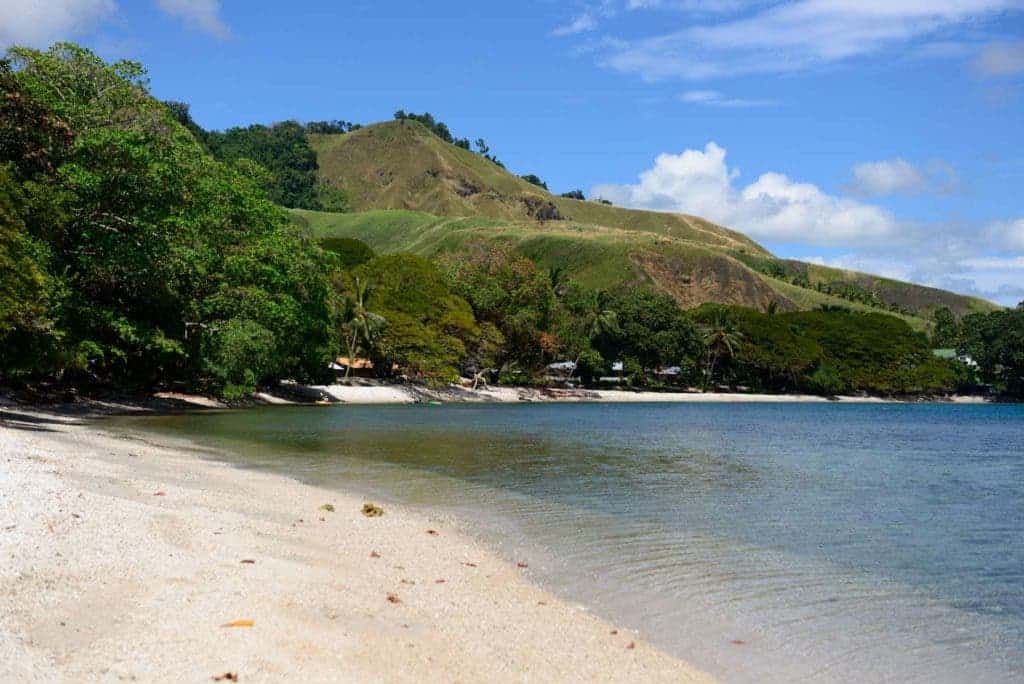Sea level rise threatens to gulp up coasts and islands in the future; a new study shows that the future is already here in that regard.

Image via Wikimedia.
At least five islands in the Solomon Islands chain have been completely lost to rising seas and coastal erosion. These islands have completely vanished under the surface, and the authors note at least two cases where entire human populations have had to relocate to avoid the waves.
This is the first scientific evidence that confirms anecdotal accounts from across the Pacific of the dramatic impacts of climate change on coastlines and communities.
Et tu, Atlantis?
“Using time series aerial and satellite imagery from 1947 to 2014 of 33 islands, along with historical insight from local knowledge, we have identified five vegetated reef islands that have vanished over this time period and a further six islands experiencing severe shoreline recession,” the authors write.
The five lost islands ranged in size from one to five hectares and supported dense tropical vegetation, the study explains. Some of the islands that are in the process of disappearing are inhabited. Nuatambu Island, home to 25 families, has lost more than half of its habitable area (and 11 houses) into the sea since 2011.
The findings are both surprising and worrying, as previous research had estimated that islands in the Pacific can keep pace with sea-level rise, and maybe even expand. However, the team notes that those studies focused on areas of the Pacific where sea levels rise by only 3-5 mm per year – broadly in line with the global average of 3 mm per year. The Solomon Islands have experienced a much more rapid sea level rise over the last two decades, at almost three times the global average.
This higher local rate is partly the result of natural climate variability. However, they’re a good indication of how fast sea levels will rise around the world in a warmer future. While natural variations and geological activity will affect future rates of sea level rise, if we don’t dramatically slash greenhouse emissions, what’s happening in the Solomons right now will become the new normal.
It’s not just that the sea is creeping up — it’s also slowly breaking apart the islands. The team says that rates of coastal erosion in the Solomon Islands are ‘dramatic’ and point to increased wave energy as the likely culprit. Those islands that had to contend with both higher wave energy and sea-level rise fared the worst out of all the islands in the study. Around 12 islands in a low wave-energy area showed very little change in their shorelines, while out of 21 exposed islands 5 disappeared completely and 6 showed substantial levels of erosion.
Twelve islands that were studied in a low wave energy area of Solomon Islands experienced little noticeable change in shorelines despite being exposed to similar sea-level rise. However, of the 21 islands exposed to higher wave energy, five completely disappeared and a further six islands eroded substantially.
The paper “Interactions between sea-level rise and wave exposure on reef island dynamics in the Solomon Islands” has been published in the journal Environmental Research Letters.









